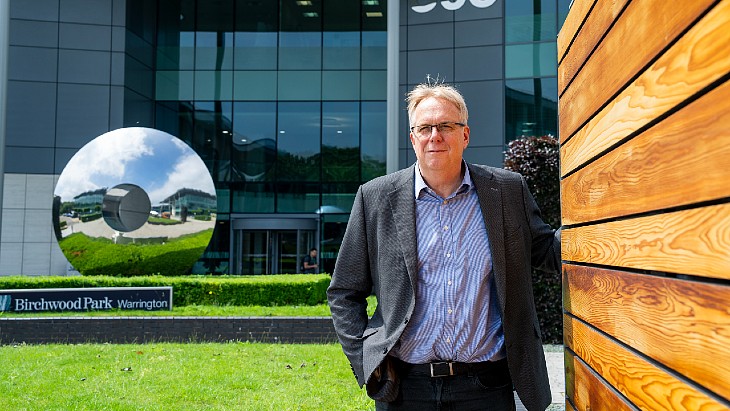Olympic Dam is the world's largest single uranium resource, with well over one million tonnes of uranium resources, according to the International Atomic Energy Agency and OECD's joint reference work, the 'Red Book'. Uranium is produced as a by-product of copper and gold at BHP's multi-metal mine.
Higher average realised prices for copper, uranium, gold and silver had an impact of USD100 million on the company's Copper South Australia operations, BHP said in its financial results announcement on 20 February.
BHP shelved plans to expand Olympic Dam in 2020, deciding instead to invest in the existing infrastructure at the underground mine. Now, it says it is "assessing options" for a new two-stage smelter, with a final investment decision expected "between FY26 and FY27". Furthermore, "exploration success" has included multiple copper intersects beneath Olympic Dam in a region known as OD Deeps. "This operational performance, coupled with the significant resource base, provide a solid foundation on which to study further value realisation, including the potential to grow annual copper production at Copper South Australia to above 500 ktpa," the company said.
Such expansion could bring "sizeable expected synergies", the company said in its results presentation, with potential future growth in the production of gold, silver and uranium.
Ranger rehabilitation
Energy Resources of Australia (ERA) spent AUD211 million (USD138 million) on rehabilitation work at the former Ranger uranium mine in 2023, and expects to spend about AUD1.2 billion on rehabilitation activities up until the end of 2027, the company said in its year-end 2023 results announcement which was released on 27 February.
More than 35 years of uranium production operations at Ranger, in Australia's Northern Territory, came to an end in January 2021 when the final uranium was produced from stockpiled ores: mining operations at the site ended in 2012. The last uranium oxide from the Ranger Project Area was sold in 2022, making 2023 the first year in which the company saw no revenue from the sale of uranium, The company's net loss after tax of AUD1.6 billion reflected "an increase to the rehabilitation provision and the cessation of sales of uranium oxide inventories", it said.
The company said it expects it will require further funding in the second half of 2024 for the first tranche of estimated rehabilitation expenditure. "ERA will engage with Rio Tinto and other shareholders in relation to a material equity raise in 2024," it said.
Post-2027 and activities and estimates of their costs remain highly uncertain, the company said. ERA majority owner Rio Tinto "has reiterated its commitment to ensuring the rehabilitation of the Ranger Project Area is successfully achieved to a standard that will establish an environment similar to the adjacent Kakadu National Park".
Progressive rehabilitation of the Ranger Project Area continued during the year. Capping of Pit 3 - which involves placing waste rock above the tailings in the mined-out pit of the Ranger 3 orebody - remains a critical path activity: an application for approval to backfill Pit 3 was resubmitted to the Northern Territory governing agency during the September 2023 quarter, and final approval is expected "in the later part of quarter 1, 2024".

.jpg)



_77790.png)
_59102.jpg)

_49833.jpg)

_96167_68292.jpg)

